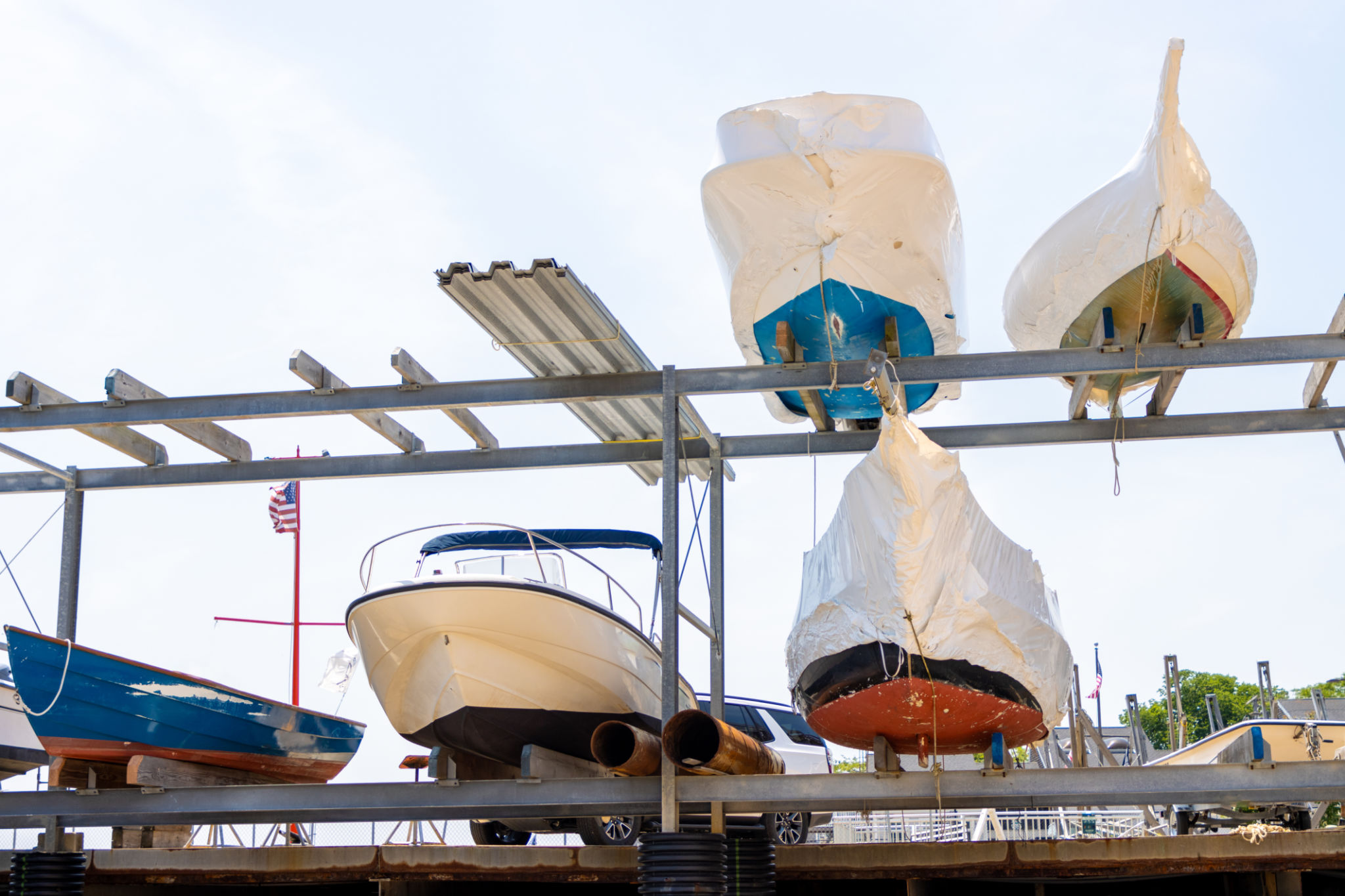Expert Advice on Choosing the Right Nautical Equipment for Your Needs
Understanding Your Nautical Needs
Choosing the right nautical equipment begins with a clear understanding of your specific needs. Whether you're a casual weekend sailor or an adventurous deep-sea explorer, identifying your requirements is crucial. Consider the type of vessel you own, the water conditions you'll be navigating, and the activities you plan to undertake. These factors will guide you in selecting the most suitable gear.
For instance, if you're planning to engage in fishing, you'll need specialized equipment like rod holders and fish finders. Alternatively, if your passion lies in leisurely cruising, comfort and safety features such as life jackets and navigation systems become a priority.

Essential Safety Gear
Safety should always be your top priority when venturing on water. Essential safety gear includes life jackets, signaling devices, and first aid kits. Life jackets should be available for every passenger on board and suited to their size and weight. Signaling devices like flares and whistles are crucial for attracting attention in emergencies.
A well-stocked first aid kit is indispensable for handling minor injuries. It's important to regularly check and update your safety gear to ensure it meets current regulations and standards.

Navigational Tools
Navigational tools are vital for ensuring a safe journey. Modern technology offers a range of equipment from GPS systems to traditional compasses. A GPS system provides real-time positioning and route tracking, which is invaluable for long voyages. However, having a reliable compass as a backup remains essential in case of electronic failure.
Consider investing in charts that detail the areas you plan to navigate. These charts offer insights into water depths, hazards, and points of interest that are not always available on digital maps.

Choosing the Right Anchoring Equipment
Your choice of anchoring equipment impacts both safety and convenience. The type and size of your anchor should correspond to your boat size and the seabed conditions where you typically anchor. Common types include plow, fluke, and mushroom anchors, each suited for different conditions.
It's also wise to have a reliable anchor line or chain that matches the weight and type of your anchor. Understanding the correct anchoring techniques can prevent drifting and ensure your boat stays secure during mooring.

Maintenance and Storage Considerations
Proper maintenance and storage of your nautical equipment extend its lifespan and enhance performance. Regularly inspect all gear for signs of wear and damage, especially after long periods of use or storage. Clean and dry items thoroughly before storing them to prevent mold and corrosion.
Invest in protective cases or storage solutions for sensitive equipment like electronic gadgets. Keeping equipment organized and easily accessible ensures you're always prepared for your next maritime adventure.

